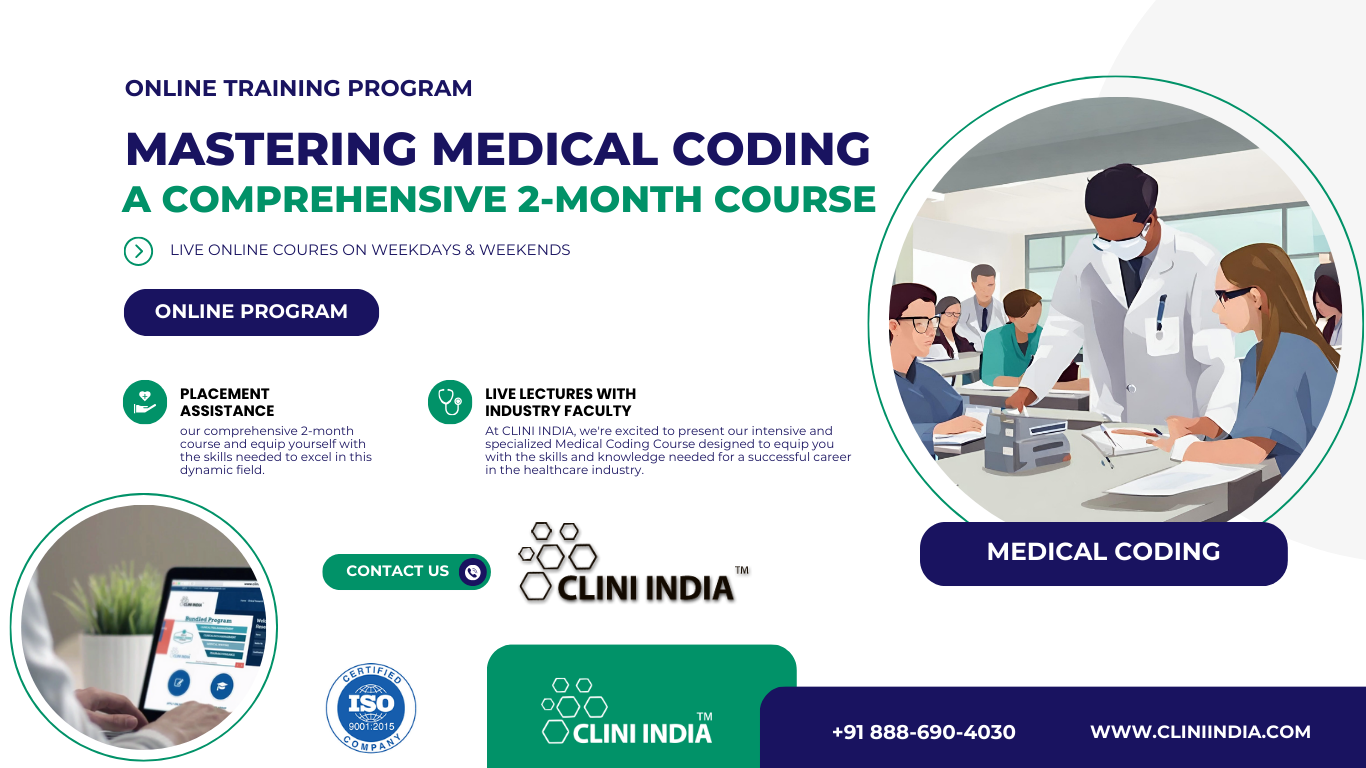Coding Learning Pathways: A Comprehensive Guide for Skill Development

Coding Learning Pathways: A Comprehensive Guide for Skill Development
In the ever-evolving landscape of technology, mastering coding skills is crucial for both beginners and experienced developers. The journey to becoming a proficient coder involves navigating through various learning pathways. This article provides a comprehensive guide to help you navigate these pathways and enhance your coding skills.
Exploring Diverse Languages and Frameworks
The first step in any coding learning pathway is to explore diverse programming languages and frameworks. From the versatility of Python to the robustness of JavaScript, understanding the strengths and weaknesses of each language is vital. Learning multiple languages broadens your skill set and allows you to adapt to different development environments.
Embracing Object-Oriented Programming (OOP) Principles
Object-Oriented Programming is a fundamental concept in software development. Embracing OOP principles helps you design scalable and maintainable code. Understanding concepts such as encapsulation, inheritance, and polymorphism lays a solid foundation for building efficient and modular applications.
Mastering Design Patterns for Efficient Solutions
Design patterns are reusable solutions to common problems in software design. Mastering design patterns enhances your ability to create efficient and scalable solutions. Patterns like Singleton, Observer, and Factory provide tried-and-tested solutions to recurring design challenges, improving the overall quality of your code.
Harnessing the Power of Asynchronous Programming
Asynchronous programming is crucial for developing responsive and efficient applications. Learning how to work with asynchronous code, whether through callbacks, promises, or async/await syntax, allows you to handle concurrent tasks effectively. This skill is particularly valuable in web development and building responsive user interfaces.
Integrating Functional Programming Concepts
Functional programming promotes writing code in a declarative and expressive manner. Understanding concepts like immutability, higher-order functions, and pure functions enhances the readability and maintainability of your code. Many modern languages, including JavaScript and Scala, support functional programming paradigms.
Optimizing Algorithms for Efficiency
Efficient algorithms are the backbone of high-performance software. Learning algorithmic complexity and optimization techniques is essential for solving complex problems and improving the efficiency of your code. From sorting algorithms to graph traversal, a solid understanding of algorithms is invaluable for any coder.
Navigating Through Essential Data Structures
Data structures are the building blocks of algorithms. Mastering data structures such as arrays, linked lists, trees, and hash tables is crucial for effective problem-solving. Different data structures are suited for different tasks, and knowing when to use each one is a key aspect of becoming a proficient coder.
Designing Robust Software Architecture
Software architecture is the blueprint for building robust and scalable applications. Understanding architectural patterns, such as MVC (Model-View-Controller) or microservices, enables you to design software systems that are modular, maintainable, and adaptable to changing requirements.
Embracing Continuous Integration for Seamless Development
Continuous Integration (CI) is a development practice that ensures code changes are automatically tested and integrated into the project. Embracing CI tools and practices streamlines the development process, improves code quality, and facilitates collaboration among team members.
Testing Driven Development (TDD) for Code Reliability
Testing Driven Development is a methodology where tests are written before the code.

